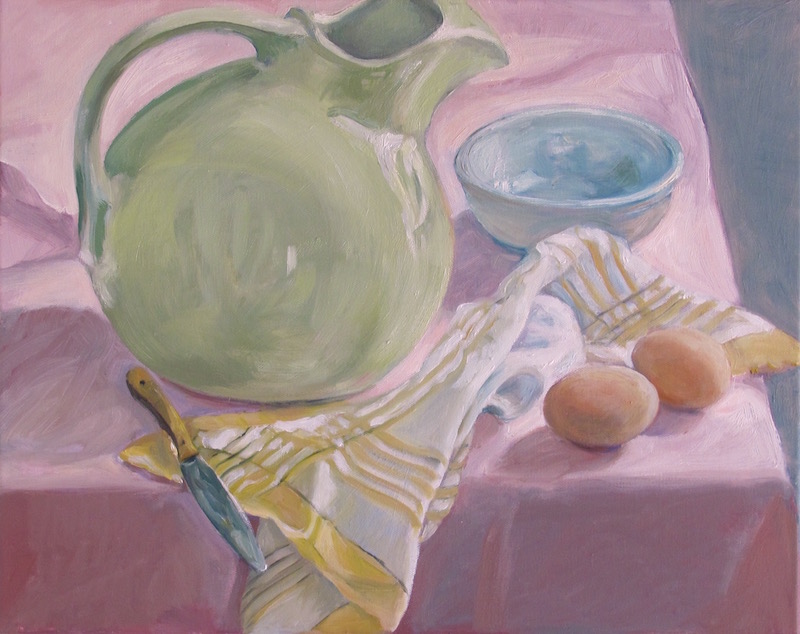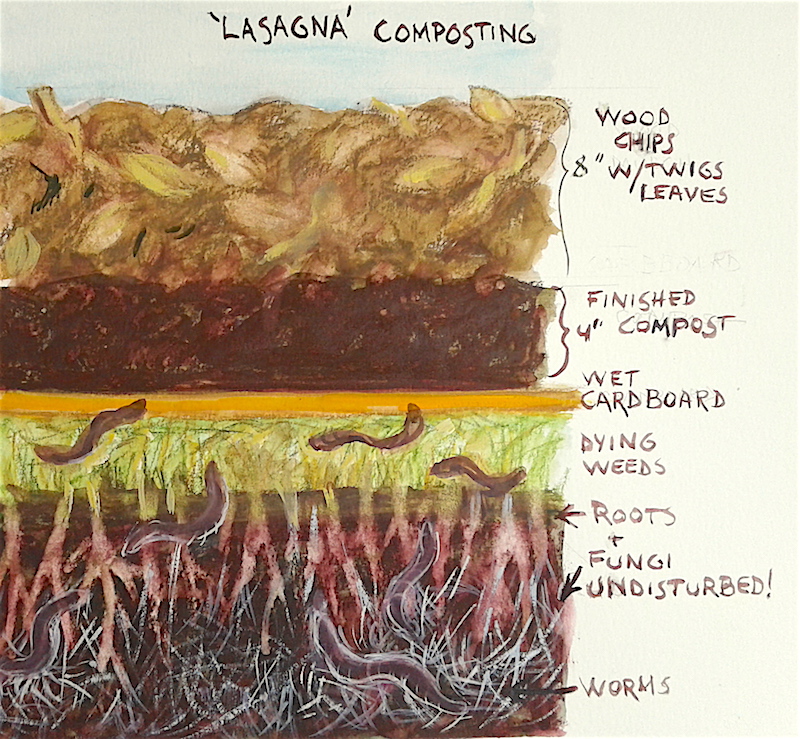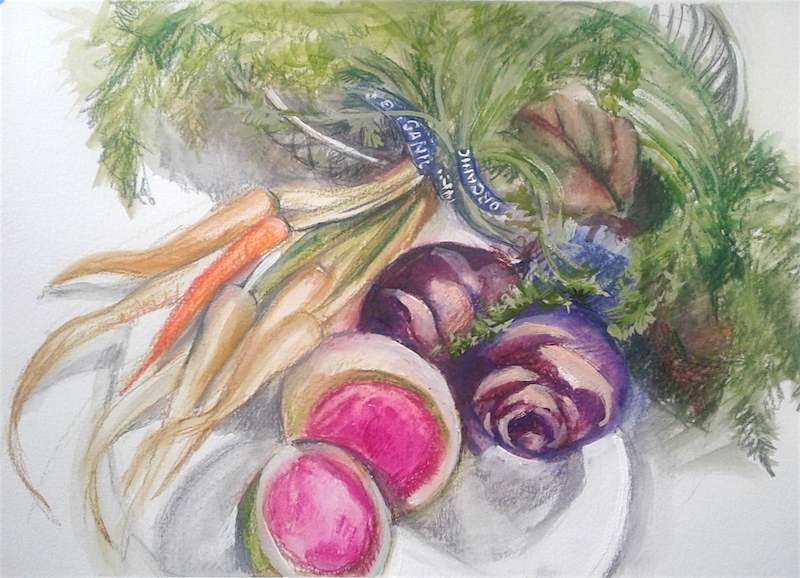
Our relationship to the foods that we eat is probably the most intimate and immediate choice that we can make to help heal the planet. And the question of whether to eat meat or not can be, in our society, a major moral and ecological decision.
As in everything driven by the late stage hypercapitalism in which we live, corporations work hard to convince us that convenience and price override every other consideration. Nowhere is this clearer than in the foods we buy and eat, especially animal products.
I think of eating meat or not as on a continuum. On the far end is the daily (and sometimes three times a day!) habit in the United States of eating industrially raised meat. This is meat available in fast foods, processed foods, and in large supermarkets for just a couple of dollars a pound. How meat could be sold so cheaply is explained by government subsidies (our tax dollars at work!) and a monstrously large scaled farming system that can mechanically spew out tremendous quantities of inexpensive, imperfectly inspected meat to feed millions of people.
The horror of sentient beings (cows, pigs, and chickens) treated as nothing more than factory material to be imprisoned, tortured, and killed to provide us with their flesh should be a good enough reason to abjure eating corporate food products. But there is another important reason to give up meat and that is the destruction that this method of farming causes to the environment (and by environment I include each person’s individual body).
The methane that the animals, especially cows, expel is a major contributor to global warming. (https://timeforchange.org/are-cows-cause-of-global-warming-meat-methane-CO2)
The feces that the animals(especially pigs) excrete are stored in vast lakes that pollute the local environment and sicken nearby (usually poor) inhabitants. (https://www.theguardian.com/environment/2018/may/24/pig-farm-agriculture-its-wrong-to-stink-up-other-peoples-lives-fighting-the-manure-lagoons-of-north-carolina)
And finally, the hormones and antibiotics that are given to these poor creatures to ensure the fastest production of eatable meat and eggs and to keep these animals alive while living under truly inhumane conditions are ending up in both our bodies and the water supply. This profligate use of antibiotics will be responsible for creating the antibiotic-resistant superbugs that await us in the near future. (http://time.com/4590391/animals-meat-antibiotics-antibiotic-resistance/)
Are there any other choices besides the complete refusal to eat meat? We can substitute fish and seafood for meat; but as the latest predictions are that fish will be unavailable by 2048 as we are overshooting the ability for fish to reproduce and replenish their species, and the industrially raised fish have the same issues with hormones and antibiotic use as meat!
For me the immediate solution is to eat less meat (once or twice a week only) but buy local raised, humanely farmed, and higher quality meat. Joel Salatin and other organic small scale regenerative farmers, use chickens and cattle to free range across their fields thereby naturally fertilizing their pastures. In Dallas, free range beef, chicken, and eggs are easily available, though more expensive than industrially raised meat and eggs. However, if you cut down the amount of meat and eggs you eat and up the quality, the price becomes manageable. Also, the recent studies suggest that your all-over health will improve with less meat, and therein lies a savings in doctor bills and prescription medicine costs!
A vegetarian diet which still uses eggs, and diary products like butter and cheese, is at the further end of the continuum. As with everything we eat, the closer the fruits and vegetables are grown to where we live (and raised in our backyard is best of all!), and the more organically grown, the better.
At the far end of the no meat argument are the vegans who eschew all meat usually on moral grounds that it is immoral to enslave and eat another sentient. For me, it is a very refined and noble sentiment, but I am not sure that it realistically reflects how Nature operates. Personally I expect one day to provide a very high quality feast to the beetles, maggots, and worms when my body goes in the ground!
Meanwhile, I am making the choice to slowly but consistently move toward eating less meat and treating that pasture-raised sirloin as a once a month luxury!


